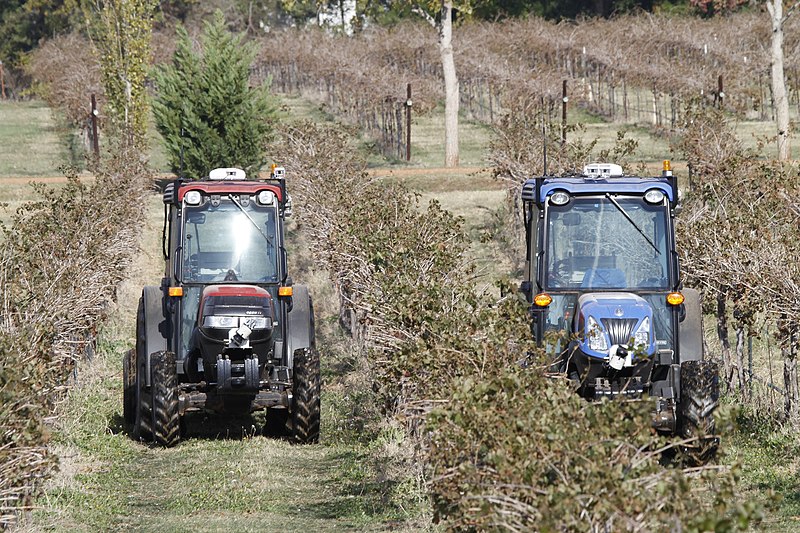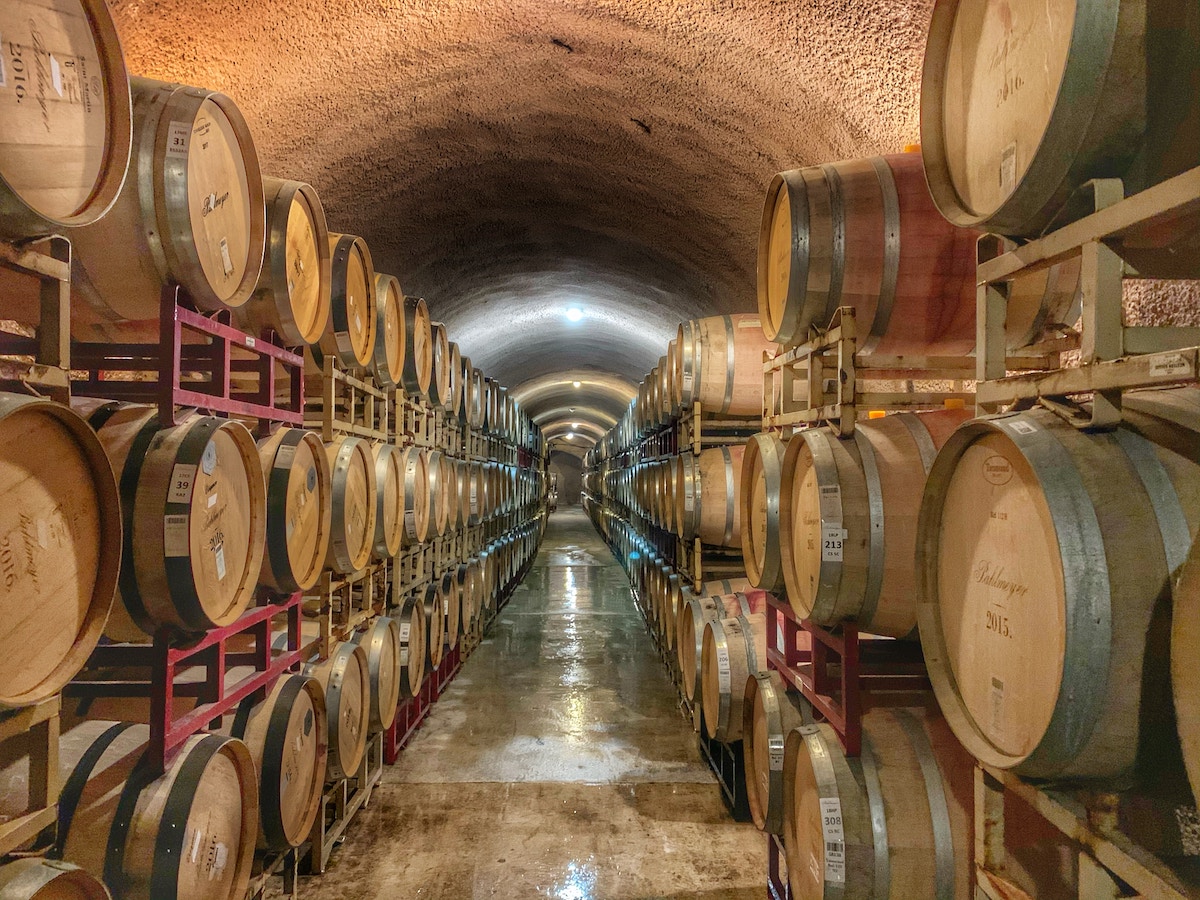When most people think of wine country, images of sun-drenched hills in Napa Valley or rolling vineyards in Tuscany likely come to mind. But did you know that the second largest wine-producing state in the U.S. is actually Texas? Surprising, right? Though the Lone Star State may not be the first place that comes to mind when you think of wine, there’s a long and interesting history of wine-making here that’s definitely worth checking out. So, pull up a chair and pour yourself a glass of TX red—we’re about to take a brief stroll through the history of winemaking in Texas.
Early beginnings
The first recorded instance of grape vines being planted in Texas dates all the way back to 1662, when Spanish missionaries planted vines near present-day El Paso. However, it wasn’t until 1837 that German immigrants settled in Fredericksburg and began planting vineyards in earnest. These settlers brought with them old world viticulture knowledge and varietals like Rhine Riesling, Blauer Portugieser, and Muscat Ottonel—all of which are still planted in Texas today.
The boom years
The mid 1800s were something of a boom time for Texas wine thanks to the temperance movement sweeping across the U.S. At this time, many Americans were choosing to abstain from drinking hard liquor but still wanted something festive to enjoy at social gatherings—hence why scotch, brandy, and fortified wines like port and Madeira became so popular. Since these drinks were considered “classier” than beer or cider, they were often prescribed by doctors as medicinal alternatives to hard liquor (notably, one Dr. found that sherry was an excellent way to help his patients overcome malaria). As a result, vineyards and wineries began popping up all over central Texas—and business was booming.
Prohibition takes its toll
As we all know, prohibition dealt a major blow to the American wine industry—and Texas was no exception. In 1918, there were more than 70 commercial wineries operating in the state but by 1933, that number had dwindled down tomere handfuls. It wasn’t until 1971 that the first new winery opens in Texas since prohibition ended—a momentous occasion that jump started a new era of growth for the state’s wine industry.
Though it may not be the first place that comes to mind when you think of fine wine, there’s no denying that Texas has a rich viticultural history dating back centuries. So next time you’re looking for something new to try, consider giving TX red or white wines a taste—you might just be surprised at how much you like them!



